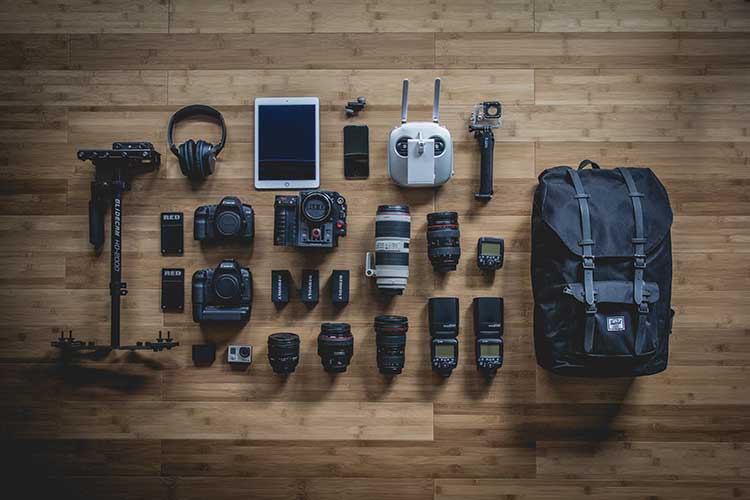If you are in the market for a new camera lens, you may notice that there are tons of options to choose from. Lenses can either be labeled with a millimeter measurement or an actual name, so the 6 options can have 12 different names!
How do you know which of the 6 lenses is right for you, let alone what each lens is good for? If you don’t know that much about photography, this can be a little confusing, but don’t worry. We are going to go through each type of camera lens and when it should be used.
Before we talk about the individual lenses, let’s discuss what the difference actually is. It’s great to know that a fisheye lens and a macro lens create different photographs, but it’s even better to know what causes these differences.
Keep reading to find out more about the different camera lenses!
Contents
What makes these lenses different?
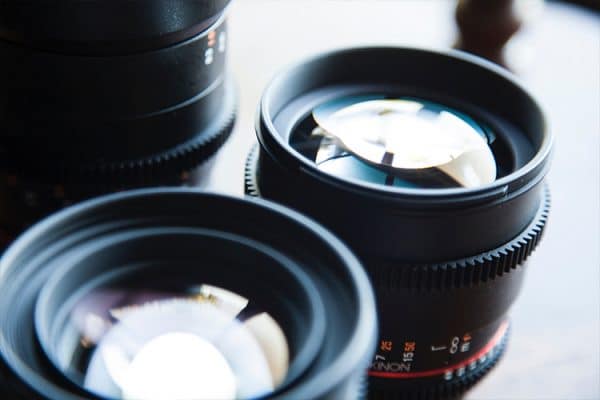
There are 6 different lenses:
- Fisheye
- Wide Angle
- Standard
- Zoom
- Macro
- Telephoto
Each lens has a different length. The change in millimeters creates photographs that vary. Take a look at the picture above. Each image was taken in the same spot, but the different lens gives them this variation.
Some of them aren’t ideal to work with. For example, if you had this gorgeous scenery in front of you, you probably wouldn’t want to use an 85mm lens. The building is a bit small and the landscape is too close.
This distance is called the focal length. The picture above helps illustrate what changes in the focal length can do to an image.
Basically, what you need to know is that the longer the lens, the closer the subject is. The width also appears to be different with this change as well. Shorter lenses appear to be wider a bit more distorted than longer lenses.
Now that we know about the differences, let’s learn about each individual lens.
Fisheye
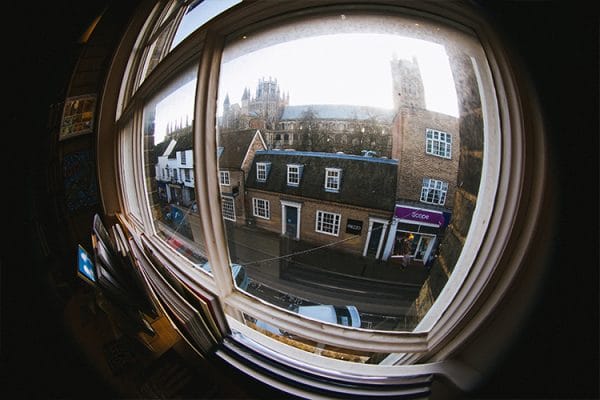
This is the smallest lens you can get for your camera. It’s called a fisheye lens because this is how fish normally see the world in front of them.
There is not a standard length for fisheye lenses. Full-frame images are about 15-16mm, while circular images are about 8-10mm. This lens tends to get a bad rep. Most photography isn’t shot with this lens, and sometimes it makes images look strange if not used correctly.
Fisheye lenses are definitely not meant for everything, but when used at the right moment, they can make for some amazing photography. They are good for panoramic shots, cityscapes, landscapes, and any abstract photography that you want to do. As shown in the picture above, even though the city is distorted, it still looks great.
If the distortion bothers you, there are ways to ‘flatten’ a fisheye image, so don’t worry! This lens is also used for practical reasons, like in security cameras. The angle allows you to see everything, which is especially helpful for security.
Wide Angle
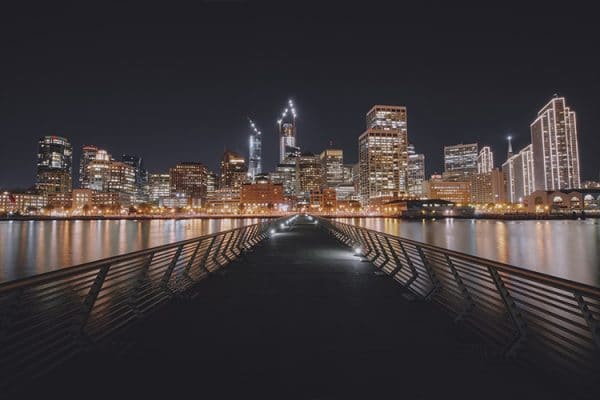
Wide-angle lenses are narrower than a fisheye, so they don’t have as much distortion. They range from 25-55mm and are great for landscape photography. With this lens, you can capture the entire landscape in front of you. Objects far away are just as clear as objects close by.
Wide angle lenses are mainly used for landscapes, so portraits don’t turn out as good with them. Sometimes, this lens can distort the image, making look the person in the photo look a little funny.
In addition to landscapes, this lens is ideal for interiors of buildings, architecture, and forested areas. It has the ability to display most of the scene in front of you, so these scenes look great through a wide-angle lens.
Many photographers advise that when using this lens for landscapes, you should get down low! If you are 5-6ft off the ground, the lower part of the image will have the ground in it, which can be unpleasant. If you photograph from the ground up, you get more landscape and sky in the photo.
Standard Prime
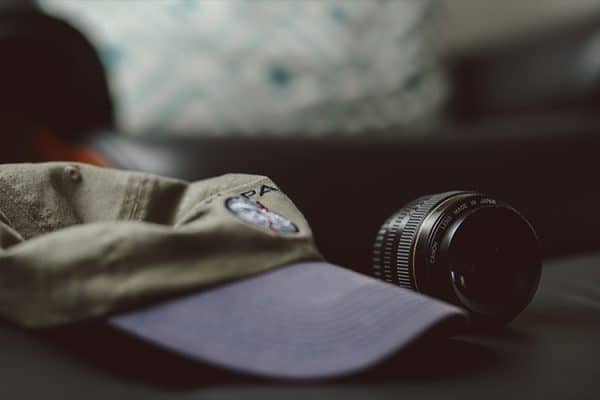
This is an average camera lens that most cameras have. They are typically 50mm, but you can also choose from 35mm, 85mm, and 135mm. A lot of photography you see in everyday life is shot with this lens.
A standard lens is good for portraits, weddings, street and documentary style photography. With a standard prime lens, it is important to know that most of them are fixed at a certain length. If you have a 50mm lens, you can’t slightly zoom in or out.
Most photographers carry this lens with them, so if you are looking into buying a few lenses, definitely consider this! If you are a beginner and don’t know what lens to start with, this lens is the top choice as well.
Some photography blogs think that this is a ‘boring’ choice, but you can do some great photography with this lens. Don’t let the opinions of other photographers get you down. Everyone has their own preferences when it comes to lenses, but they are all equally as good.
Zoom
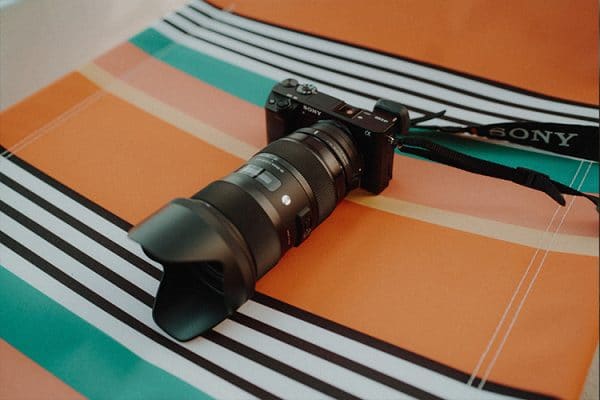
A zoom lens is exactly what it sounds like. Rather than only being able to take pictures at 50mm, you can adjust the length. These lenses are super versatile, giving you a wide range of lengths to choose from.
Most zoom lenses range from 70-200mm. This is a huge range! Because of the versatility, you can use these for portraits, weddings, and even wildlife photography. Zoom allows you to get up close and personal for headshots, but also keep your distance if your subject is a wild animal.
The two lenses in the image above are actually the same lens. On the left, the lens is adjusted to a shorter length, while the one on the right is adjusted to a longer length.
You can find standard zoom lenses like the 70-200mm one mentioned above or zoom lenses with smaller intervals. These lenses all have a great focus so you can even change the length without the subject of your photo becoming blurry.
Remember that if you are planning on traveling, this lens can be a little heavy. Longer lenses tend to be bigger and heavier, even if they can zoom in to shorter lengths. If you want to travel but usually take pictures with shorter lenses, just bring that lens instead.
Macro
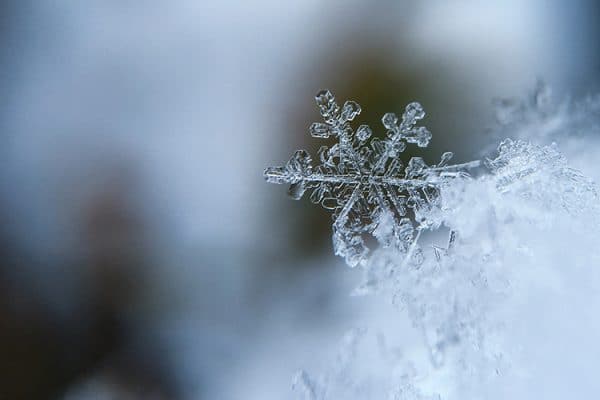
If you are interested in getting up close and personal with your photography, then the macro lens is the one for you. This lens has the ability to capture even the tiniest details!
The image above shows a little caterpillar with a lot of detail. Pictures of insects are often captured with a macro lens because it picks up details that our eyes can’t. With this lens, you can see tiny hairs on bugs as well as small water droplets on leaves. A macro lens would also be great for close up shots of makeup.
Most of these lenses range from 50-200mm. You may be thinking, 50mm? Isn’t that the length of a standard prime lens? Although it is, macro lenses are meant to capture details. They have a better ability to focus on the subject, so you can get the perfect shot.
Don’t forget that while this lens sounds pretty cool, it’s not practical for most of the photography you do (unless you are a macro photographer, of course). A macro lens isn’t the best for large scenes or portrait shots. You wouldn’t be able to get everything in the frame, or the person in your picture may look a bit unflattering.
Telephoto
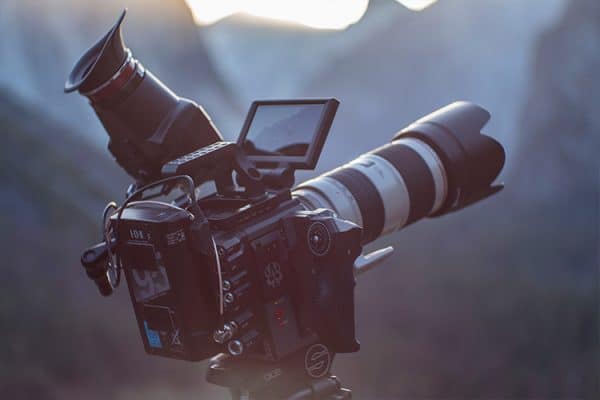
Chances are, if you aim your camera at the night sky and take a picture, it won’t look very great. Some stars may be visible, but you won’t get the details that the picture above has.
The telephoto lens is capable of taking high quality pictures of things really far away; making it the opposite of a macro lens. These lenses can go up to 600mm! This makes them great for astronomy, sporting events, or wildlife. If you’re a sports photographer at a football game, it’s hard to get close to the players so a telephoto lens would help take pictures from a farther distance.
Telephoto lenses are also very expensive, so keep that in mind when you are considering buying one. Some online lens options are more than $1,000. This wouldn’t make for a good first lens, especially if you don’t know what type of photography you want to do.
Final Thoughts
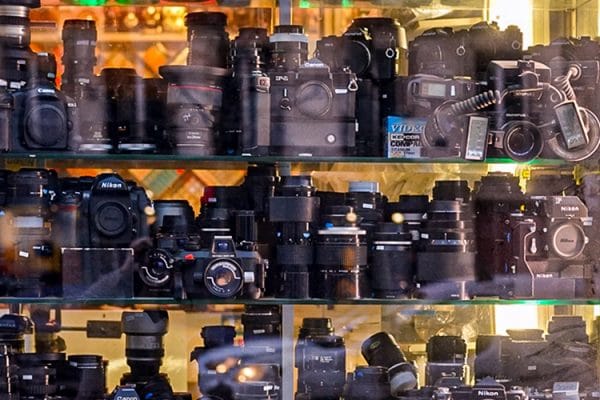
Now you know about the different types of camera lenses! The six of these lens are great for a wide range of situations. The type of photography you what to shoot is completely up to you, and any of these options would be a great purchase.
If you are just starting your photography career, consider a simple and versatile choice, like the standard or zoom lens. These should help you take great photography is a few different situations before you become more experienced.
Whatever lens you choose, get out there and start taking some pictures!
